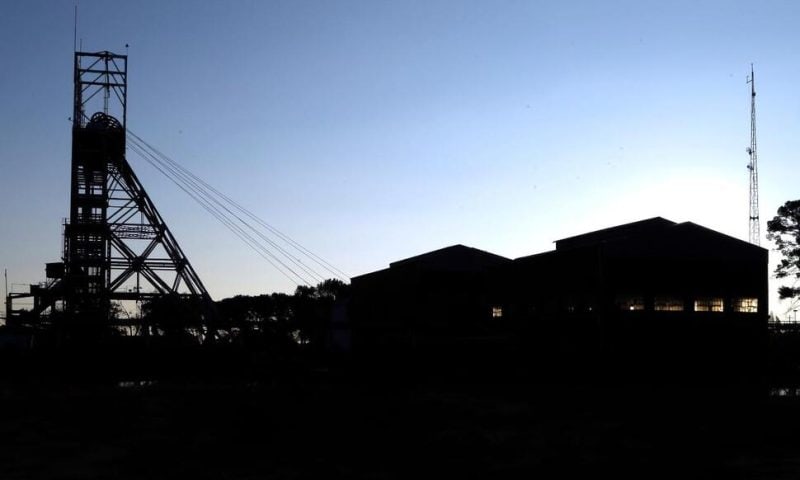South Africa’s overall mining profits slipped by more than $5 billion in the last financial year
CAPE TOWN, South Africa — South Africa’s overall mining profits slipped by more than $5 billion in the last financial year, while the country that was once the world’s largest gold producer might have less than 30 years of a viable gold industry left without renewed investment, according to a new report by big four auditing firm PwC.
The report released Tuesday also estimated that South Africa’s iron ore mining industry may only last 13 more years without further commitment from companies to identify, pursue and extract new deposits. The country is among the world’s top 10 producers of the raw material key to the steel-making process.
PwC’s annual report on the South African mining industry said global drops in some commodity prices following the COVID-19 pandemic contributed to the reduced profits. But so did South Africa’s local challenges of currency fluctuations, high inflation, power blackouts and logistical problems in exporting minerals because of deteriorating road, rail and port infrastructure.
It didn’t mention whether environmental concerns played a role in lost investment as customers, governments and activists worldwide call for greater action to combat climate change. Mining operations account for some 4% to 7% of global greenhouse gas emissions, according to global consulting firm McKinsey & Company.
The stark predictions for South Africa’s gold and iron ore industries — and to a lesser extent its platinum and coal — are extreme worst-case scenarios but highlight the need for miners to recommit. In the gold mining sphere, South Africa faces competition from Ghana, countries in South America and elsewhere, Andries Rossouw, PwC’s Africa energy, utilities and resources leader and an author of the report, said in an interview Wednesday.
The report also highlighted an urgent need for Africa’s most advanced economy to refocus part of its mining sector on green energy metals and minerals like copper, nickel, lithium and cobalt. They are in high global demand because they are used in electric vehicle batteries and other renewable energy sources.
South Africa has an opportunity to benefit from that demand, which also would need millions of dollars in investment, the report said.
“There’s a clear shortage of energy metals with committed mine production nowhere near projected demand,” the report said. “This presents several opportunities for South Africa which could reshape industries, diversify the economy and drive future prosperity.”
Mining is critical to a South African economy that is experiencing slower-than-expected growth and has the highest levels of unemployment in the world.
“Considering these challenges and investors having investment options other than South Africa, an important question arises: How many years … of mining can South Africa expect to have for certain key commodities; gold, coal, iron ore and platinum group metals?” the report said.
The total net profits of 29 major mining companies in South Africa fell from $10.6 billion in 2022 to $5.5 billion in their latest financial year-end statements. Profits were still far above pre-pandemic levels but were nearly half of the peak $10.8 billion profits in 2021, the report said.
South Africa was the world’s top gold producer until the mid-2000s and is now ranked No. 8. The output from South Africa’s 130-year-old gold mining industry has been slumping for more than 20 years.
PwC said many of the country’s existing gold mines are expected to end production in the next two decades without further commitment.
“When we ask about the ability to invest, one should also bear in mind that there is a time delay,” Rossouw said. “You don’t press a button today to develop something and tomorrow you mine it. It takes time. If you sink a new shaft, well, that can take 10 years.”
Mining contributed nearly 60% of South Africa exports, amounting to about $30 billion in the first half of 2023, according to the South African Revenue Service. It also employs more than 470,000 people, so any shrinking of the sector would have major socio-economic effects for a country with more than 30% already unemployed.

